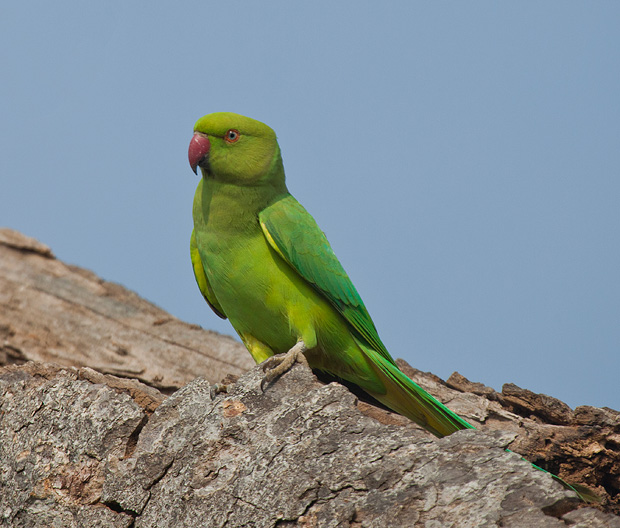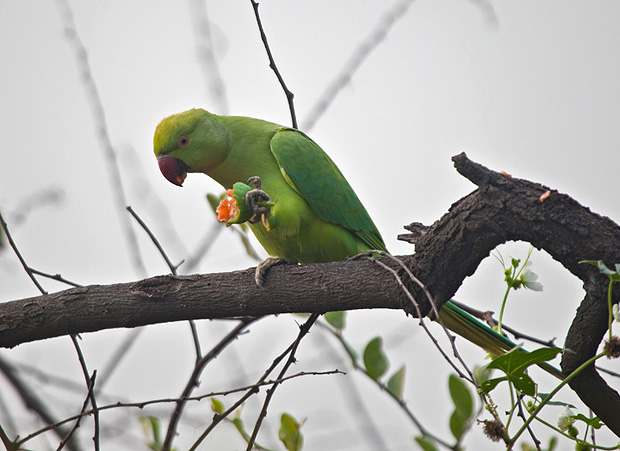Marshes perhaps make up for more than half the area of Keoladeo National Park in Bharatpur. Naturally, the park has a lot of birds that rely on the abundance of this water. Cormorants and darters come here to fish and so do grey herons and egrets. Black Necked Storks and Painted Storks take pleasure in filtering out algae in the water and consuming them for breakfast. The storks are voracious eaters who seem to be always in a hurry to eat more, as if fearing that their neighbours may take away a portion of the food. Grey Herons stand perfectly still until an unsuspecting fish passes next to them. A microsecond later, the fish is struggling between the beaks of the heron and a few second later disappears in its throat.
I once saw a Grey Heron catch a huge fish almost six inches long and about three inches wide. The heron tried hard to consume it, but it turned out too big and eventually had to put it away. As it tried hard to gulp the fish, a greedy pond heron and a night heron walked up to it without daring to get too close, staring at the fish with a hopeful look!
The large birds were too wary of anyone and preferred to sit as far from land as possible. Even the ones that came closer to edge of the marsh kept a careful look and flew away at the first sight of someone approaching. Some pictures here.
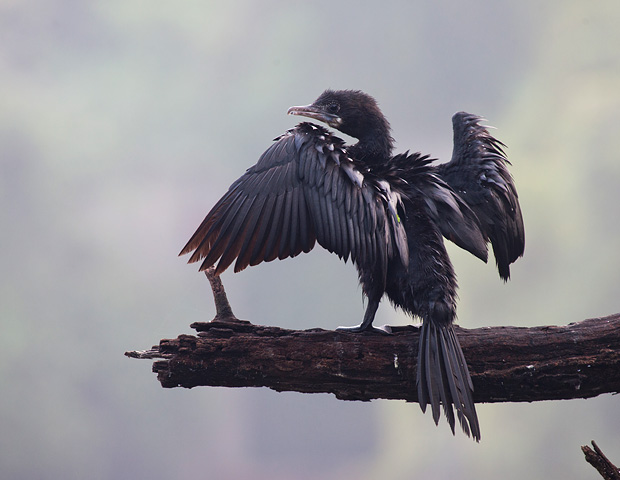
Little Cormorant
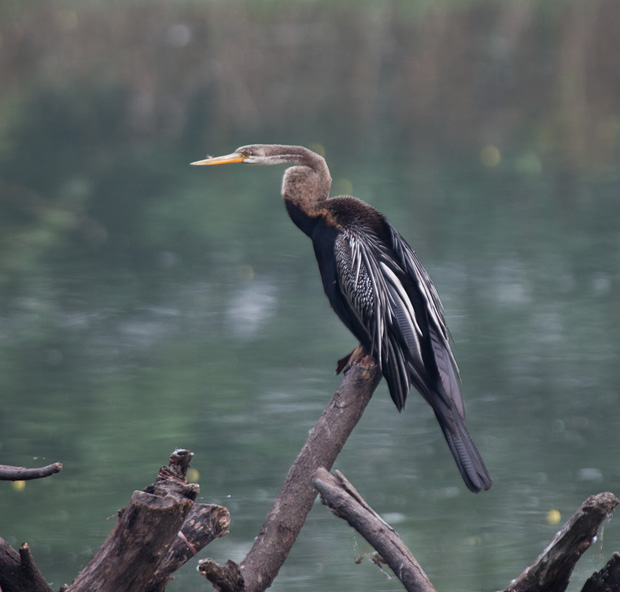
darter
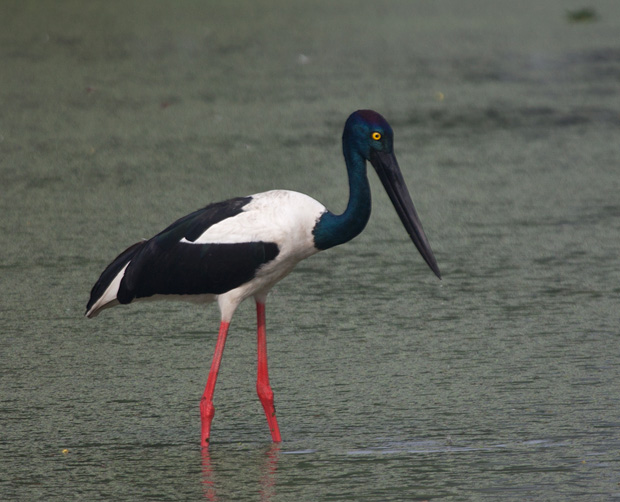
Black Necked Stork
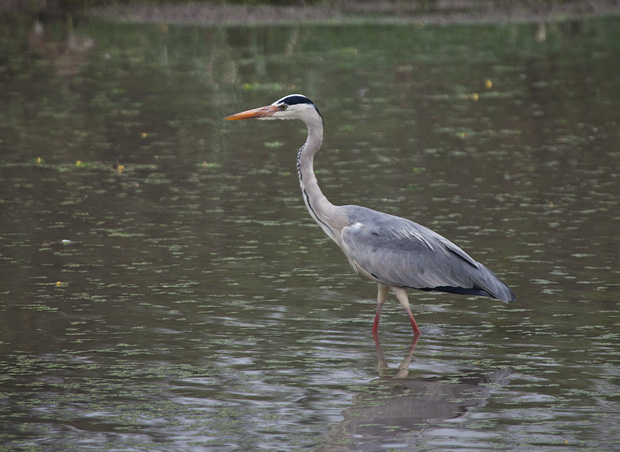
Grey Heron
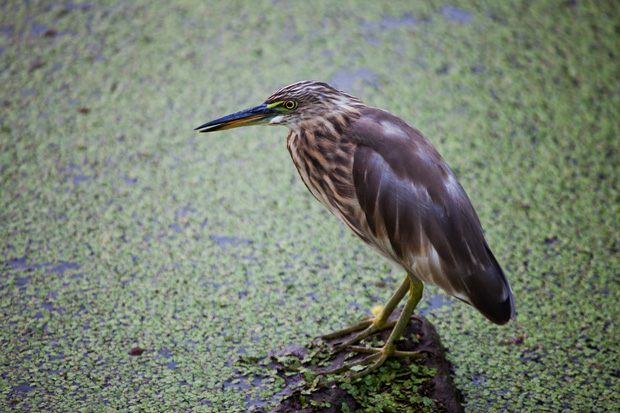
Pond Heron

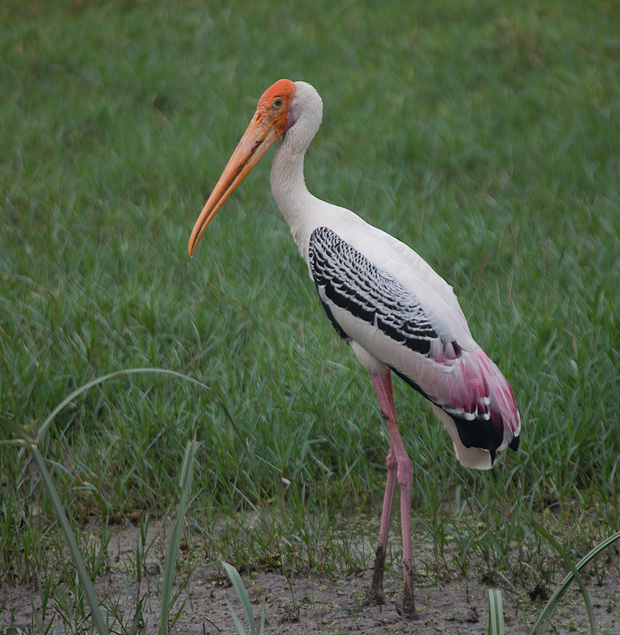
Painted Stork
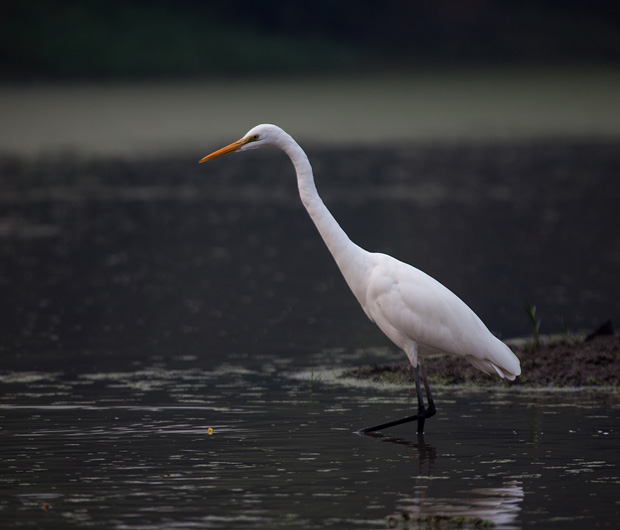
Great Egret
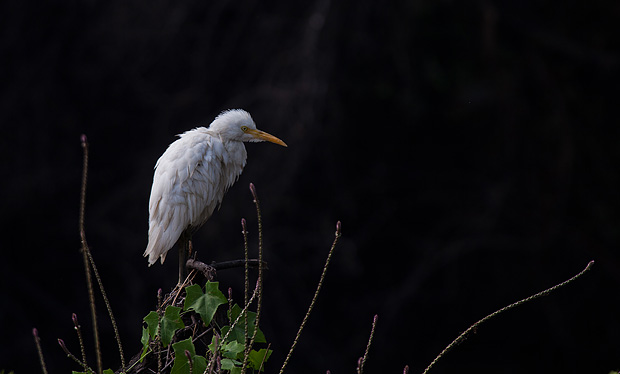
Cattle Egret
I have been trying to get a good photograph of common kingfisher for many years now. They are relatively friendly birds and do not have the tendency to fly away and find a perch hundred kilometers away from the nearest photographer. But despite the name, they are not exactly very common. And when sighted, they are usually found sitting in a location not easily accessible. They like to sit on low-hanging branches right above the water or on small plants that spring up in the middle of shallow waters.
I managed to find a friendly fellow willing to pose for me when I was in Bharatpur last month. This one was sitting on a branch next to a culvert, hardly a meter’s distance from the edge of the road. It was his favourite perch – he used to sit there every single day and meditate on the fish that swam in the waters below. Since he was always there and was right next to the road frequented by tourists coming to the park, he had become a mini-celebrity. Celebrities tend to get used to the camera, and he was no exception. He let me come as close as the minimum focusing distance of my lens and allowed me to fill his big, beautiful and colourful image in the frame. It is a pity he was sitting in poor light under the shadow of thick branches right above him, while the waters behind him reflected the white skies. But I shall not complain much. Here he is –
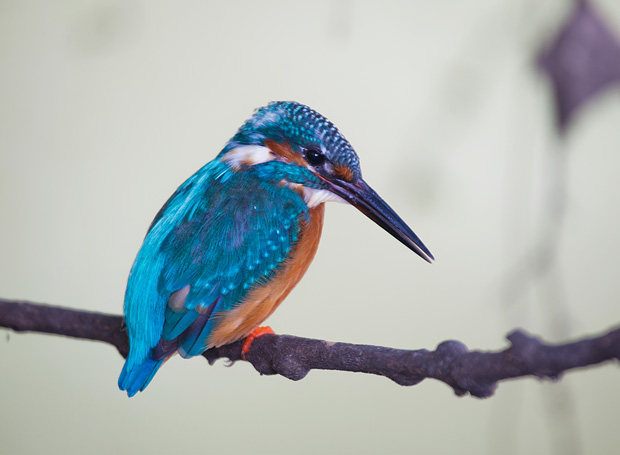
No other birds drew my attention in Bharatpur like parakeets. They were everywhere in the park, gathered in small groups and chattering constantly. They were shrill and loud, keeping me aware of their presence all the time. Yet, their green camouflage hid them so well that it was hard to spot them even when half-a-dozen of them were sitting on a branch right over my head. During the three days I spent in the park, I saw parakeets trying to threaten an enemy hiding in a tree hole, having a brawl between themselves, squeaking loudly for no apparent reason, taking flight in a small groups and having a conversation mid-flight, idling on tree branches and sitting perfectly still and almost invisible in their camouflage, trying to expand a small hole in a tree into a more comfortable roost and having a delicious breakfast. Some pictures.
